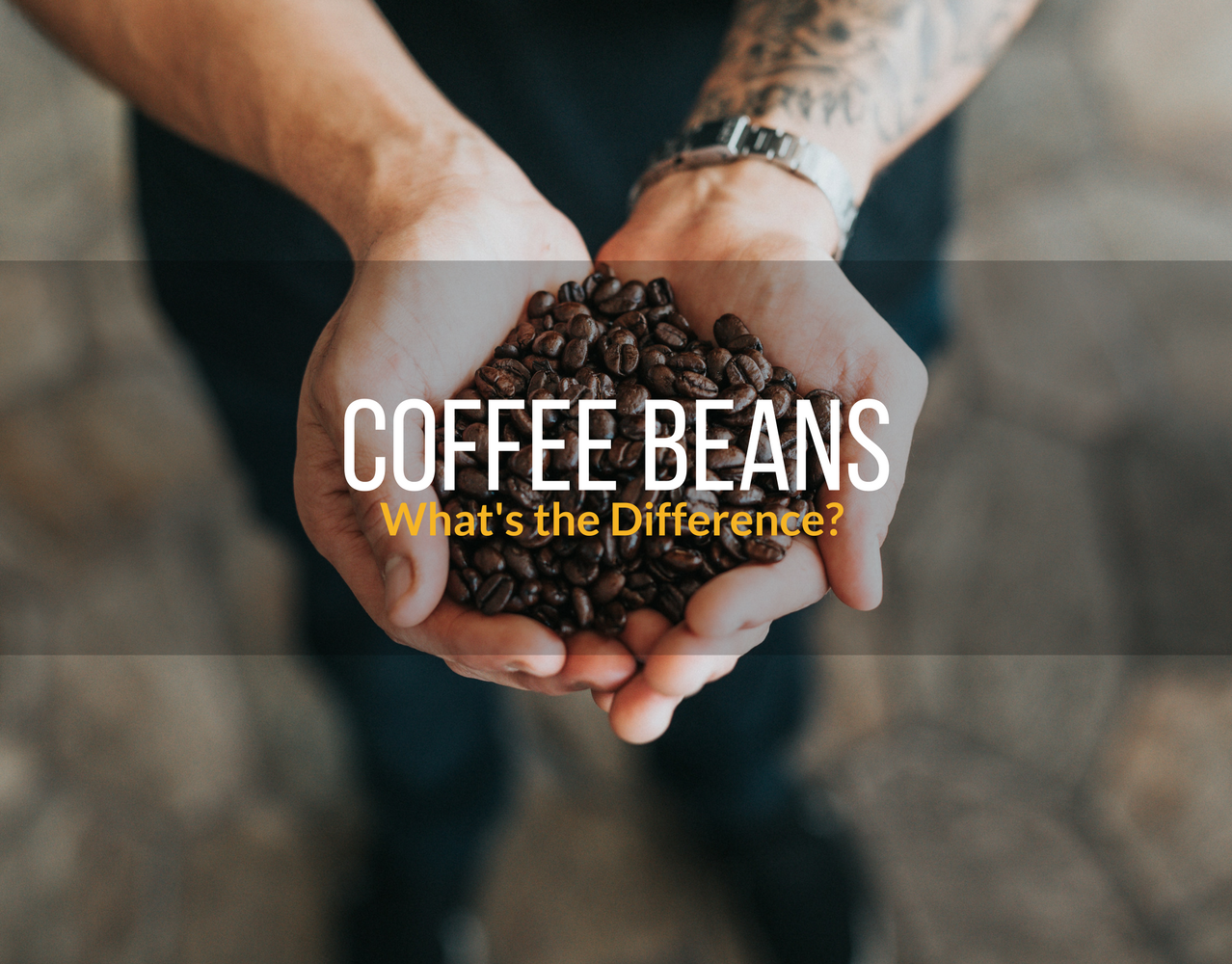Coffee Beans: What’s the Difference?
Most coffee drinkers know what kind of roast they prefer to drink, whether it’s light, dark, or bold. Fewer people understand the differences in the beans that affect taste. There are several dozen species of coffee plants that produce beans, but really only two that are used for drinking: Arabica and Robusta. After they’ve been roasted, it’s almost impossible to see a difference between the two, but understanding the variation in beans can help you find the perfect taste and aroma you’re looking for in a great cup of joe.
Taste
For the average consumer, the most noticeable difference between types of coffee beans will be in the flavor. Arabica beans have a higher acidity, and oxidize more quickly when they are exposed to air. That leads to a sharper flavor that some describe as winey, fruity or sweet. In general, Arabica beans are considered a more desirable flavor profile, but that higher acidity may cause stomach upset for those with sensitive digestive systems.
Robusta beans, as the name implies, have a more robust flavor profile with an earthy, nutty element and a bolder aroma that is often described as harsh. At the lower price points, Robusta is considered to produce poor quality coffee, but higher quality Robusta beans are appreciated by espresso drinkers, as the deep and rich flavor profile is well suited to the espresso brewing method and produces a good crema with almost twice the caffeine quantity as Arabica.
Growing conditions
Just as wine flavors vary based on the growing conditions of the grapes, coffee bean flavor is highly dependent on the location where the beans are farmed. Each country or region will produce variations of beans with widely different tastes, but there are some general patterns in the production of beans that produce a typical flavor profile.
Arabica plants are slow growing, taking several years to mature enough to produce fruit, and have lower yields overall. The major producers of Arabica are in South and Central America, where humid conditions and acidic soils contribute to the tropical, acidic flavors of the beans.
Robusta plants are sturdy and hardy, easy to grow in challenging conditions and produce mature plants quickly, leading to higher yields. The rich African and Indonesian soils where Robustas are farmed are at a lower altitude, with higher variations in rainfall over the year. All of these factors increase the dusky, grainy flavors of the Robusta beans.
Price
Due to the slower and less productive growth cycle for the Arabica plants, as well as the higher demand for the prestige of a better tasting bean, Arabica beans are generally significantly more expensive than Robusta. If a coffee is not marked, you can assume a cheap bag of grounds or a budget priced cup is made with Robusta beans. Specialty brands and coffee shops will often advertise specifically if they are using Arabica beans to let discerning customers know they have a higher quality product, but if this is the case, expect that a higher price accompanies this label.
Remember that even within the general categories of beans, there is variation! A cheap Arabica bean might still produce a bitter, unpleasant drink, while a higher priced, better quality Robusta may be easy and delicious to consume. The next time you visit a coffee shop, keep this information in mind. If you’re sensitive to caffeine or acidity in your coffee, these distinctions may help you choose a bean that’s right for you, regardless of price or taste.
Guest Post Written By: Dixie Somers, Barista Exchange
Are you a writer who loves sharing your knowledge & expertise of the coffee industry with others? We are always looking to feature articles about coffee, coffee culture & entrepreneurship in Online Barista Training’s Blog. We founded this community because we truly wanted to create a place that encouraged collaboration & growth within the coffee industry. If you have articles that are published or unpublished and would like the opportunity to get your work featured, please send samples of your work to [email protected]

